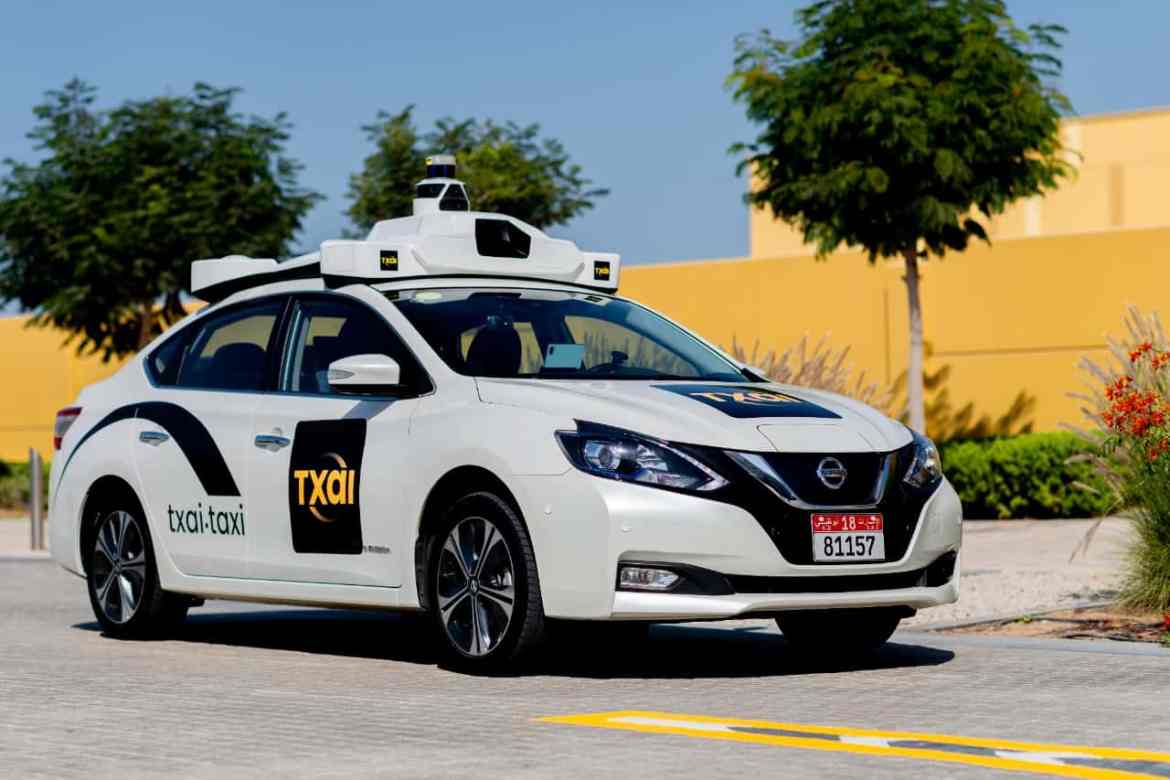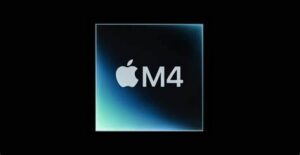WeRide has a long way to go.
- WeRide is running a test service in the United Arab Emirates but despite a pretty high placing in the California DMV data, experiencing it makes it very clear that it still has a long way to go.
- WeRide is a Chinese autonomous driving start-up that has partnered with the Abu Dhabi Department of Municipalities and Transport to offer a trial robotaxi service under the TXAI brand on Yas Island in the emirate of Abu Dhabi.
- RFM’s HQ is within 20km of Yas Island and so its research department (along with its assistants) was dispatched by senior management to test the service.
- Yas Island is a leisure destination in Abu Dhabi making TXAI a great tourist attraction, but it is also one of the simplest driving destinations an autonomous driving company could wish for.
- Yas Island enjoys 365-day sunshine, large multi-lane dual carriageways and almost no traffic, pedestrians, animals, cyclists, motorbikes or other obstacles (except for the Grand Prix weekend in November).
- This combined with WeRide’s top 5 score on the 2021 California DMV disengagement data (see here) led to expectations being pretty high.
- The first surprise was that there was a driver in the driving seat.
- RFM expected to find no driver given the simplicity of the service area and that rivals who scored lower on the DMV analysis have already been able to remove the driver entirely.
- RFM made two trips and generally, the ride was smooth and without incident although it did feel like the vehicle was being driven by an octogenarian.
- However, the vehicle encountered two problems the first of which explains why the driver is still in the vehicle.
- First, at the beginning of the second trip, the vehicle suffered significant difficulty in exiting the W-Hotel which is an incredibly tight 180 turn where the curbs are very high.
- The vehicle was unable to make this manoeuvre and the driver had to take over in order for the vehicle to exit the hotel’s drop-off and collection point.
- The vehicle encountered a similar problem at the entrance to Yas Mall where there is a tight 120-degree with both speed bumps and high curbs.
- On this occasion, the vehicle managed to navigate the turn, but it was very slow with some stopping and starting.
- This leads me to think that either the map that WeRide has created for Yas Island is not very accurate or that the vehicle has difficulty with perception low down in its immediate vicinity.
- Second, on the second trip, the vehicle seemed to have detected an obstacle sounding an alert beep and suddenly slowing down.
- However, there was nothing ahead other than empty tarmac and wide lanes and so the vehicle quickly resumed its cruising speed of 60kph.
- This was most likely caused by a perception error that led to the vehicle to perceive a hazard where there was none but it was correctly autocorrected.
- WeRide is using 2 large lidars, multiple cameras and multiple what looked like radars to perceive its environment which is clearly an older generation sensor array when one looks at the company’s marketing pictures over the last few years.
- Hence, it is possible that RFM experienced a much older version of WeRide’s technology than the one being tested both in China and California, but there is nothing to prevent the vehicles from using the latest software.
- Autonomous driving is defined by software and so RFM thinks that it experienced a reasonable sample of the condition of WeRide’s offering.
- This puts WeRide at least 1 year behind its rivals as Yandex had the nerve to put the safety driver in the passenger seat 2.5 years ago at CES and Waymo has had no humans in its vehicles for some time.
- Others such as Cruise and Mobileye are also able to navigate far more challenging environments smoothly and almost everyone can handle Las Vegas which is much harder than Yas Island.
- Hence, RFM concludes that WeRide is not one of the leaders in this industry and that this test adds weight to the view that the California DMV data is no longer a representation of reality.
- RFM sees no reason to change its long-held target for commercial autonomy in 2028 and thinks that WeRide will need to step on the gas if it wants to be one of the earlier offerings to come to market.









